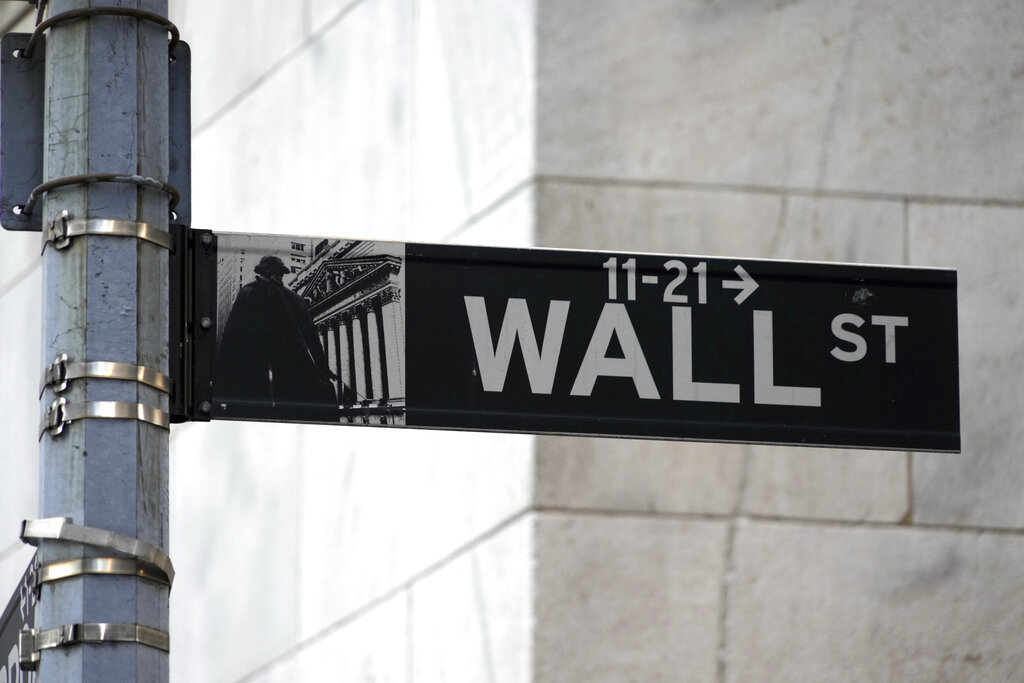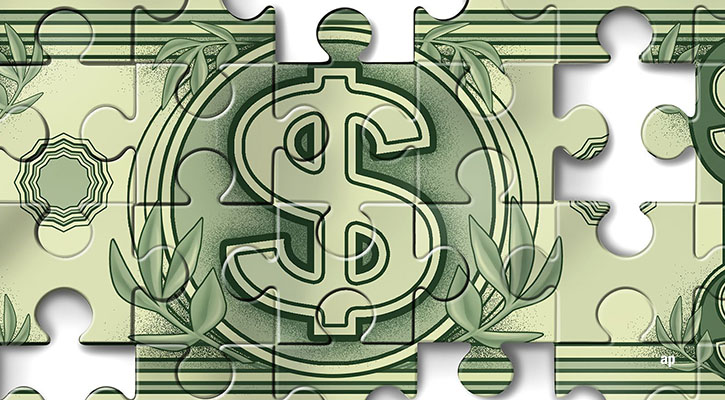
Seven U.S. companies, dubbed the ‘Magnificent Seven,’ accounted for most of the gains in the stock market this year. A bull run of the cluster, which includes Apple (AAPL), Microsoft (MSFT), Alphabet (GOOG), Amazon (AMZN), Nvidia (NVDA), Tesla (TSLA), and Meta Platforms (META), has brought these growth-tilted names closer to their respective fair value estimates.
According to Morningstar estimates, growth stocks were the most undervalued at the beginning of 2023, but now are nearly at fair value.
Dave Sekera, chief U.S. market strategist at Morningstar, believes that for the market rally to continue, it needs to spread out into the broader market, specifically into the value category, and mid-cap and small-cap stocks.
He believes now is a good time to take some profits from the growth category and begin to move more of an underweight position in growth stocks. “Investors may then reallocate those profits into the value category, which has lagged and remains significantly undervalued and much better positioned for returns going forward,” he says.
Value Stocks Can Hold Up Better in an Economic Downturn
In Morningstar’s base case, one more U.S. Federal Reserve interest rate hike is expected, and that will be the end of this monetary policy tightening cycle.
“However, if the economy does stay stronger, stays hotter for longer, I do think that that could concern the market, that we could see additional rate hikes from here, and of course, depending on how much those rate hikes go up and how long that they would stay at those elevated levels,” Sekera says.
The bigger question here, though, is whether that would trigger an economic recession. Sekera thinks: “Depending on how high and for how long those rates are going to be up there, it could be a relatively deep or prolonged recession, so in that case I would actually think that would put a lot of pressure on the overall market.”
In such an environment, Sekera expects value stocks to hold up better. “Thinking through our valuations, there’s a much better cushion there: value stocks trading at a 15% to 16% discount from our fair values where the growth stocks are much closer to fair value.”
Top ETFs for U.S. Value Equity Exposure
For investors who want to buy the value stock story in the U.S., ETFs are practical tools for achieving this very specific exposure. We looked up Morningstar’s research and proprietary data for the top ETFs with exposure to the U.S. large-cap value stocks. Nine ETFs have a Morningstar Medalist Rating of Gold. They are U.S.-listed vehicles, but are accessible via local brokers.
Let’s look at the funds covered by our analysts in some detail.
Gold-rated Vanguard Value ETF VTV is a diversified portfolio for investors considering to gain exposure to U.S. value stocks.
Mo'ath Almahasneh, associate analyst for ETF research at Morningstar, says: “Vanguard Value constructs a well-diversified, market-cap-weighted basket of U.S. value stocks at a low cost.” The annual expense ratio of the ETF is at 0.04%.
Earning an Above Average Process Pillar rating, the fund replicates the CRSP US Large Cap Value Index, which selects cheaper large-cap stocks and weights them by their market cap. He thinks this makes the Vanguard vehicle a good tool to gain exposure to the asset class. “U.S. large-cap stocks attract widespread attention, such that new information is quickly reflected in prices. Market-cap-weighting is a sensible approach here. It harnesses the market's collective wisdom of each stock's relative value,” he adds.
Another strong point of this ETF is diversification. Its top 10 holdings represent only 21% of the portfolio, while the category average is 31%, so it has less stock-specific risk. The fund’s broad reach in the market makes its average market cap lower than the category average, which further improves the portfolio’s diversification.
Schwab US Dividend Equity ETF™ SCHD receiveda medalist rating upgrade to Gold from Silver in July.
The ETF, which earns the top rating in its Process Pillar, is backed by the Dow Jones US Dividend 100 Index.
According to Morningstar research, the index admits 100 stocks that have paid dividends for at least 10 consecutive years and boast the financial health to extend that streak.
Ryan Jackson, analyst at Morningstar, says: “Most of its holdings are cheap because they are mature and slow-growing—not low quality. The index’s dividend screen and fundamental considerations breed exposure to the quality factor, which has historically been tied to market-beating returns.”
He continues: “Industry fixtures like Coca-Cola (KO) and Home Depot (HD) are best positioned to meet those requirements. Dividend-oriented firms with healthy balance sheets tend to be more insulated from market movements, so this fund normally strikes a defensive stance.”
Meanwhile, the vehicle has a stellar track record since its inception in 2011. Jackson has attributed part of the strong returns to a solid downside protection. “Handsome payoffs to the quality factor and some favorable sector exposure helped it measure up well in bull markets, too,” he adds.
The ETF’s fee level is in a range of low, charging 0.04% annually.






:quality(80)/cloudfront-us-east-1.images.arcpublishing.com/morningstar/IW43ZPMYP5EOPCVKLFZ3IUVTZU.png)




.png)



.jpg)





